Table of Contents
Sebaceous filaments- Overview, Causes, Treatments
Have you seen tiny black dots on your skin near your nose maybe? You often assume them to be blackheads, don’t you? Every time they are not blackheads, sometimes sebaceous filaments are present instead of blackheads. All you do is try remedies to treat blackheads and end up getting nowhere.
Sebaceous filaments are nothing like blackheads except for the appearance of course. Beneath the surface of your skin, tiny glands are present that are responsible for creating sebum. Sebum is highly important for our skin as it is an oily substance that helps to keep our skin lubricated.
You know what is sebum after reading this but what are sebaceous filaments then? As the name suggests these are filaments that allow sebum to flow throughout your skin’s surface keeping it lubricated.
Blackheads are a form of acne so there should not be any confusion between the two. Sebaceous filaments are not a form of scars or acne. But you should know that the overproduction of sebum will cause an area or spot in the body to fill up. This will cause easily to form a blackhead or Whitehead structure. This is the reason why people are often consumed between the two.
We will see the details on why sebaceous glands become visible on your face and you will easily figure out how to remove them once you are finished reading this article. Also, it is important to discuss the differences between sebaceous glands and blackheads to distinguish between the two and act accordingly. Both require different treatments or remedies to get rid of.
How Are Sebaceous Filaments Different From Blackheads
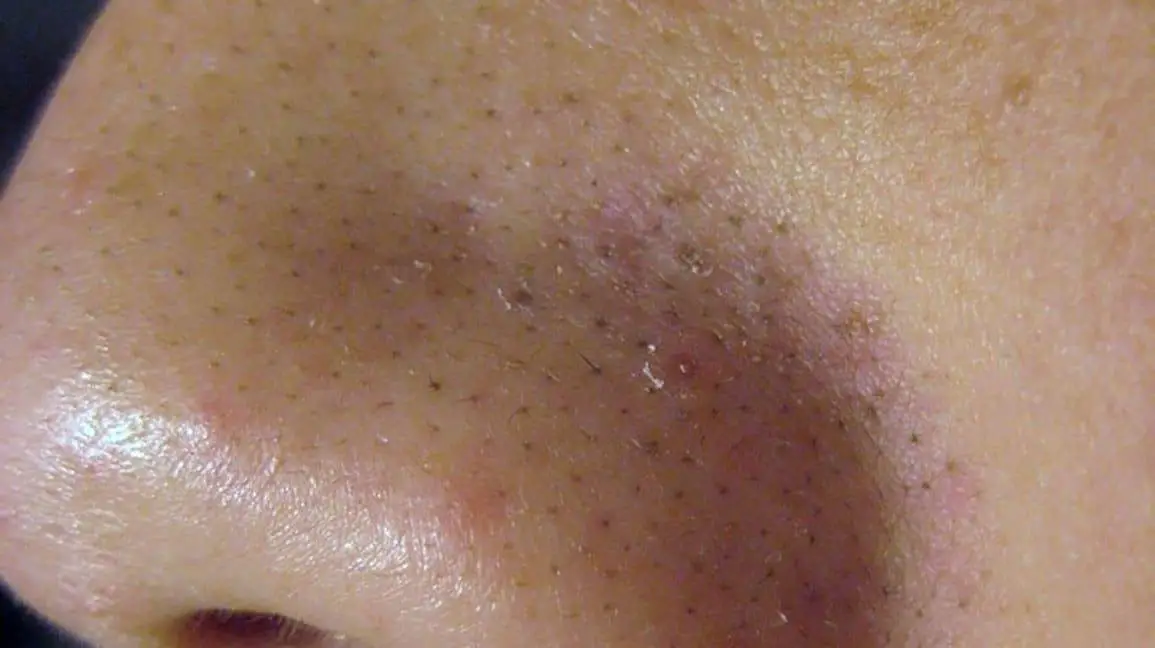
When the sebaceous filaments beneath your skin are easily noticeable, they can appear enlarged and look like darkened pores. Also, your blackheads appear like darkened pores, let’s see how to distinguish between both.
These are some key differences between blackheads and sebaceous filaments that you may use:
Structure
Blackhead results die to blockage or plugs on top of pores. These plugs prevent the oil present beneath to escape from the skin through the pores. This results in causing blackheads.
Whereas, sebaceous filaments are thin and hair-like structures that are present on the inside of the pore and helps sebum move across the skin surface to different areas. It does not have any plugs.
Extraction
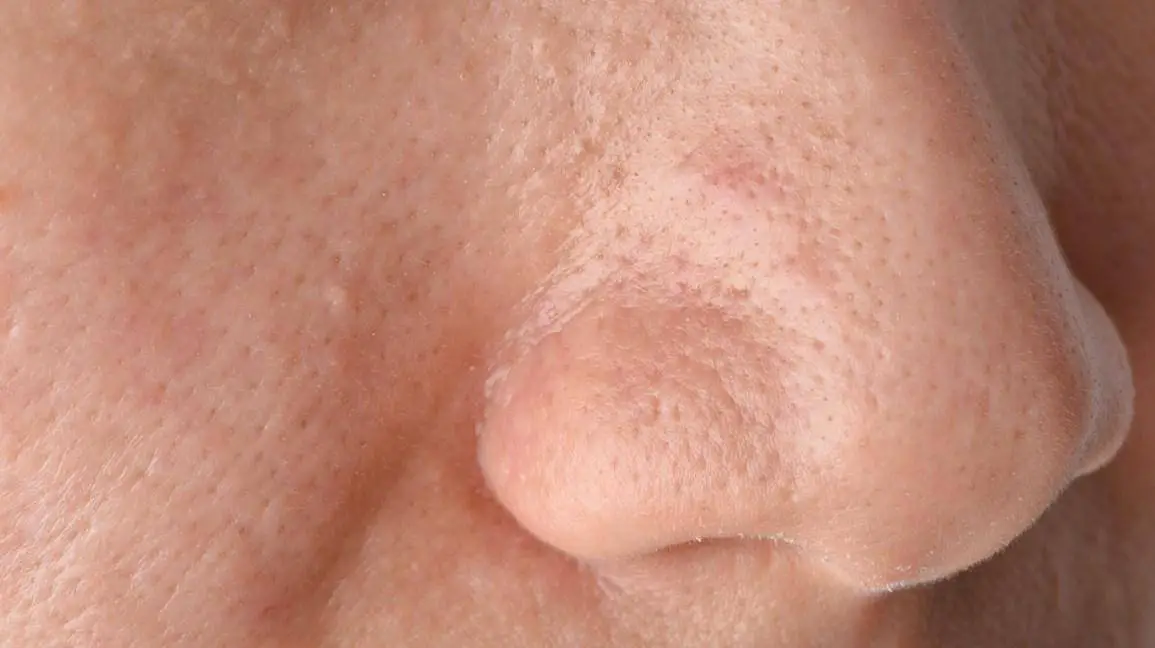
If a person tries to extract or squeeze the sebaceous filaments, they will either notice a yellow or white-colored worm-like structure coming out or the filament will not secrete anything at all. Do not try to squeeze the sebaceous filaments as it will only lead to scarring and your skin might get injured in the process. It may also stretch and damage the pores making it look enlarged.
In the case of blackheads, when you try to squeeze them out, a dark-colored plug will ooze out. Beneath the dark portion, some yellow or white sebum might be present too. It is highly advised not to squeeze or extract any kind of acne.
Appearance
This is the easiest way to determine and find out the differences between both by looking at them. Sebaceous filaments appear like dark dots on your skin. This dot might be resembling the head of a pin and it might be of gray, yellow, or white color. Sometimes they have no color.
Blackheads are very dark plugs on the top of your pores. This dark color is a result of oxidation. When the plug is oxidized after it has been in contact with open air, the pores become darker.
Causes
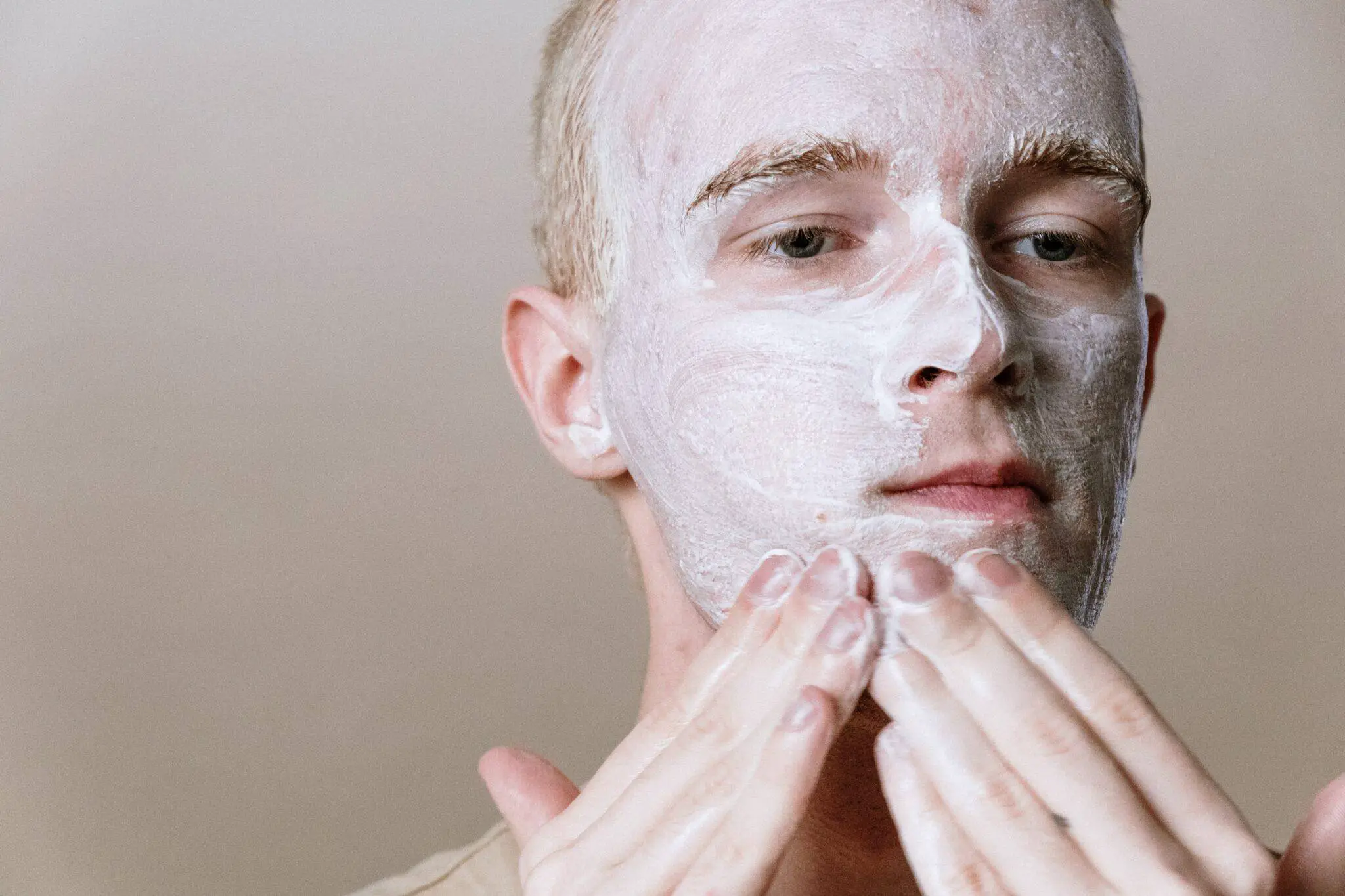
Even the normal process of your skin In which produces sebum and the filaments that make it travel across the skin surface can cause sebaceous filaments to become noticeable on your face. People having oily skin types or larger pores are more prone to having sebaceous filaments over their face than dry skin types. People who have smaller pores have few chances of getting them.
There are few factors that are responsible for determining your pore size, these are:
- Genetics
- age
- thicker hair follicles
- exposure to the sun.
When the sebaceous filaments are visible easily, do not mistake them to appear because your skin is dirty. It is not a sign of dirty skin.
Let’s see what are different treatments that can be considered to get rid of sebaceous filaments on the skin.
Treatments Involved
If you are able to control the amount of oil released from the skin and use exfoliator techniques to remove dead skin cells and clogged pores, you may be able to keep sebaceous filaments at bay. This can help you in minimizing the appearance of these filaments over the skin.
To remove the oil in excess, use products that are gentle for your skin and help you in cleansing the skin to prevent irritation and overdrying. Depending upon your skin type, there are many products that you may use.
Remember, there is no product that can help you get rid of these filaments completely in few days, however, you may try to reduce their appearance using some skincare products and following a good skincare regimen.
1. Use Salicylic Acid
You might have read this name on many products that you have used. It comes in face wash, cleansers, and face creams too. It is also called beta hydroxy acid. You can use salicylic acid ranging from 0.5% to even 2% as your skin allows.
This is an acid and it may help in reducing the amount of oil secreted and the size of filaments responsible for moving the oil. This acid is soluble in oil and helps in penetrating the sebum out of your skin which will eventually help in keeping the pores clear and sebaceous filaments at bay.
If you have never used salicylic acid as a facewash till now, you may try using it every day or alternative days. It is recommended that you use it once a day because many people notice dryness and peeling after usage. If you are facing the same problem, limit the usage to once per day.
You can also get peels of salicylic acid. These are clearly better than the counter products used having salicylic acid. You might be able to witness a dramatic difference in the size of pores and their appearance after using peels. The peels usually have 15 to 20% salicylic acid in them. However, if you have decided to use peels, you must talk to a dermatologist first because this much amount or percentage of salicylic acid is not good for everyone unless the pores are out of control.
Salicylic acid is also a derivative of another compound called aspirin. If you are allergic to aspirin (many people are), you should not go for 15 to 20% of salicylic acid.
2. Benzoyl Peroxide
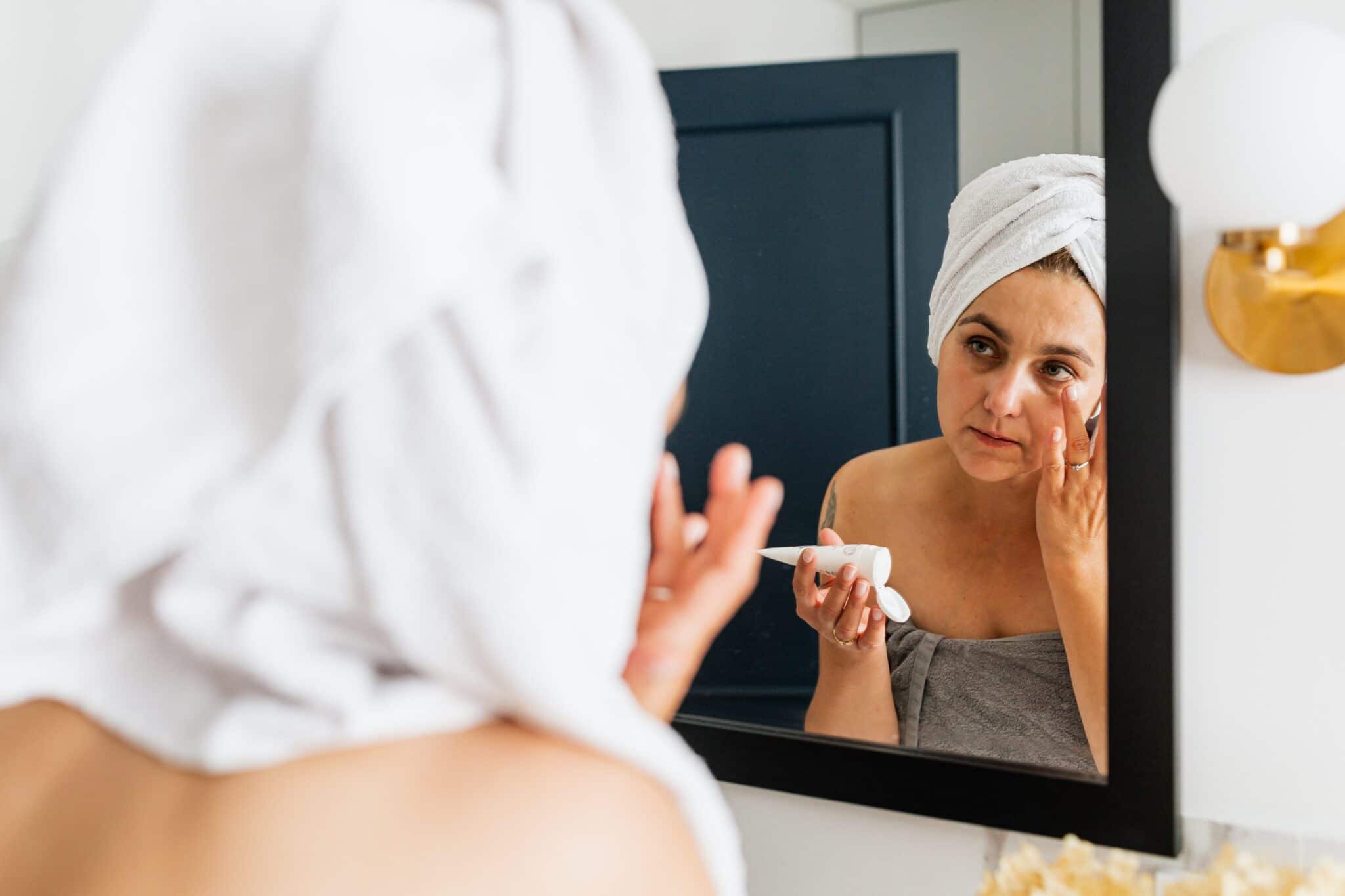
Another ingredient that is recommended by dermatologists and is highly common in most skin care products is benzoyl peroxide. Many people use it for removing acne from the skin. This ingredient in your face wash or cream can help in drying out the skin and limiting the amount of oil generated thus reducing the open pores.
Similar to salicylic acid, even benzoyl peroxide may lead to excessive peeling and dryness causing the skin to irritated. This happens when it is used at higher concentrations. If you are using it for the first time and you experience irritation, excessive dryness, and peeling then you should talk to a dermatologist or simply limit its usage. You may use it once a day having low levels of benzoyl peroxide.
3. Tea Tree oil
It is a type of essential oil that is often used to curb issues related to acne removal. A study done in 2016 has suggested that tea tree oil is beneficial for removing sebaceous filaments too. Although it is useful, it might cause some allergic relations and irritation too. Out of all the essential oils used, tea tree oil is noticed and reported to be one of the most allergic ones. It causes sudden allergic reactions to many skin types.
Anyone who has been applying tea tree oil or planning to include it in their skincare regimen is suggested to dilute it and make a 5% solution. If you still notice signs of allergy-causing irritation or peeling, you may immediately contact a dermatologist. Some people also experience swelling, hives, and trouble breathing. You have to remain careful with such products.
4. Sun Protection
There are many studies and dermatologists that suggest that over-exposure or long-term exposure to the sun is responsible for making your pores larger. Larger pores are one of the main causes of the formation of sebaceous filaments over the skin. Also, exposure to the sun can also elevate the risks of skin cancer and skin damage.
If you travel a lot due to work and your work requires you to stay in sun, you have to use sunscreen. It will help to minimize the adverse effects of sun exposure and help to keep your skin glowing and healthy.
If you have an oily skin type or you have large pores in the skin, it is recommended to use a sunscreen type that is oil-free and non-comedogenic in nature. Noncomedogenic means it will not clog your pores anymore. Do not use highly greasy or heavy sunscreen as it might make your pores easier to be noticed.
You can also wear some protective stuff like a hat or some clothing pieces that cover your skin well. It is important that you protect yourself from sun exposure as much as you can.
5. Use Clarifying Masks
Most people who follow a certain skincare routine uses a clay mask or a sheet mask once or twice a week. We do not generally look at the ingredients this mask has or ask a dermatologist before using them. By using a proper mask you can reduce the appearance of sebaceous filaments given that it has all the ingredients needed to work against the deposition of oil on a spot.
You can use a product having some fruit enzymes and natural BHAs as they work well against the pores and pushes the oil out easily. They also keep your skin calm and prevents redness to occur. Rinse the mask you have been using warm water and use hydrating moisturizer later on.
6. Medications
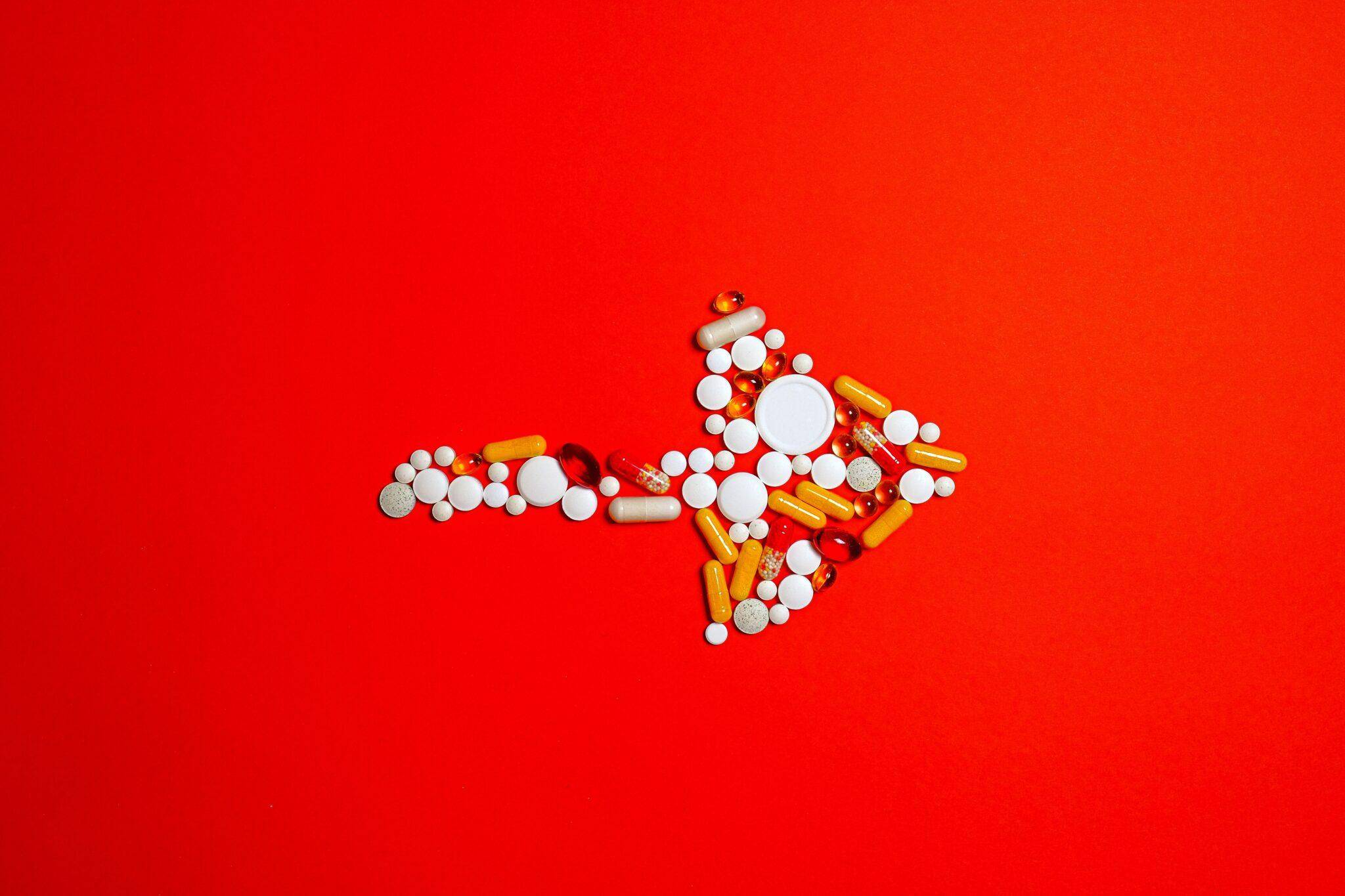
Sometimes you have to go for using medications when other methods fail drastically. You can take an appointment with the nearest dermatologist and ask them for supplements that might help you fight the root cause of sebaceous filaments. There are many supplements that promoted healthier skin. They work by regulating sebum production and prevent inflammation of any sort. You have to take a single capsule per day to get rid of sebaceous glands.
Do not go for products or supplements that you see on the internet without consulting a dermatologist, there are chances that it is not meant for your skin type and makes your condition worse.
7. Try Using Retinol
Retinol face creams are very common to be used in the late 30s as they help to keep the skin young and fresh. Using retinoids or simply retinol can be highly effective against sebaceous filaments on the face. If your skin is highly sensitive, you can introduce it once a week in your skincare routine and later add or escalate the use every week. In this way, your skin will get used to it and you will be able to reduce the appearance of sebaceous filaments on your face.
Many people have seen major differences in their skin within 2 months of using retinol while some haven’t seen any changes. You can consult your dermatologist and start with using retinol. You may also use a retinoid derivative called Differin. You just have to apply a thin layer of it over your face.
Some Prevention Techniques
It is very important to strike a perfect balance between maintaining the natural oils present beneath your skin and having too much oil on the skin. Your face must be moisturized and free of excessive oils but it should have certain oil to make sure skin stay lubricated. Disbalance in the level of oil leads to sebaceous filaments and acne.
You can consider some tips to create this balance-
- You need to wash your face every morning after waking up and after doing your morning exercise routine. Even after your exercise in the evening, you need to have a good wash of your face.
- Avoid scrubbing on the face as it may lead to irritation and make your skin condition worse by increasing its sensitivity.
- Try to use skincare products like moisturizers, cleansers, and look for products that are labeled as non-comedogenic or oil-free. These products are less likely to affect the pores or clog them.
- Try to use a good moisturizer every day for keeping your skin hydrated.
- Try to go for a face wash that is gentle and foaming in nature. Using harsh products is more likely to dry out your skin making it produce more and more sebum or oil.
- Do not use alcohol-based or oil-based cleansers on your skin as they might cause irritation.
Are Their Complications In Sebaceous Filaments?
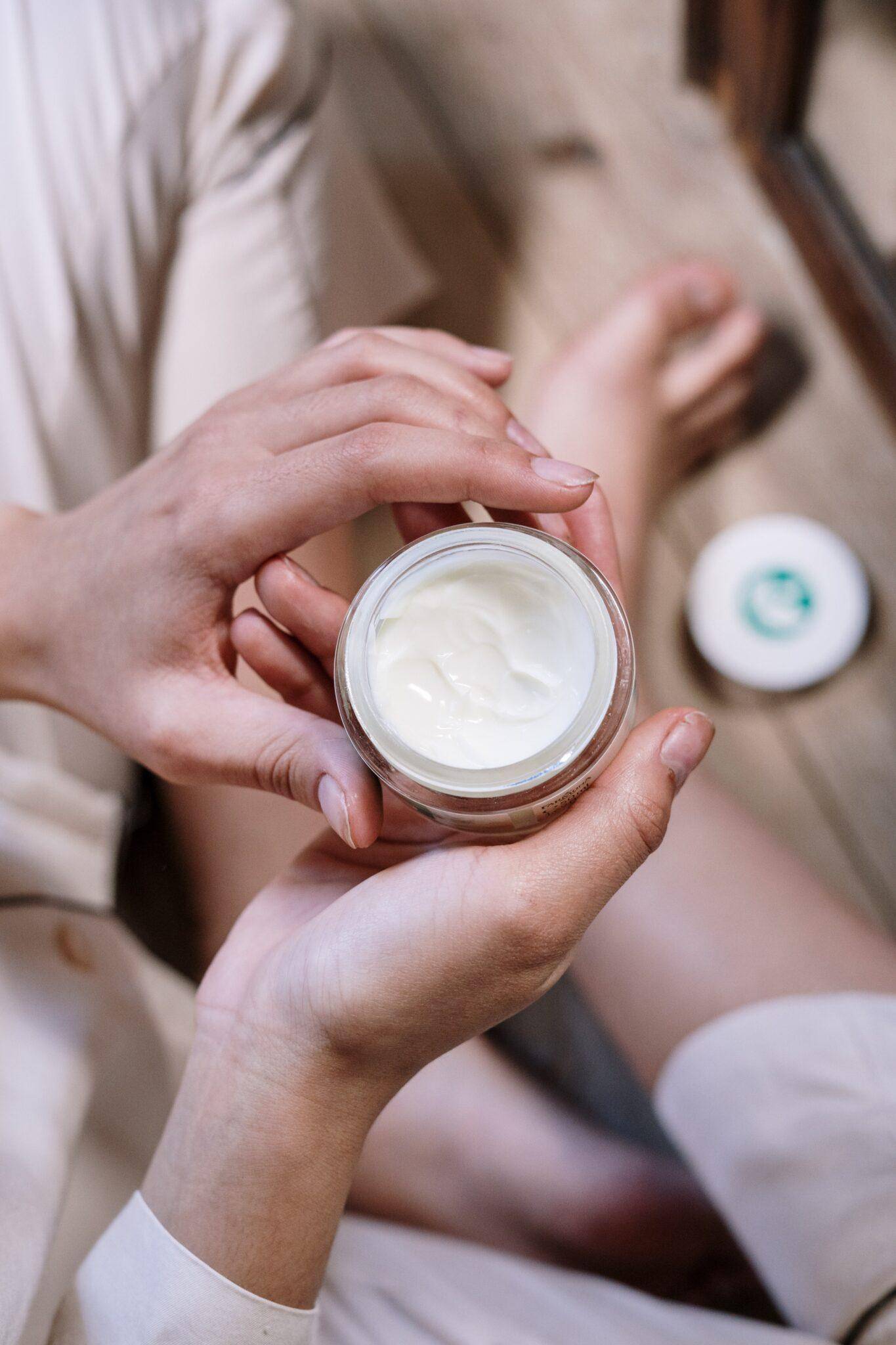
Although complications occurring related to the formation of sebaceous glands on the skin is extremely rare, there are people who developed a condition called Sebaceous gland carcinoma. This is a very rare kind of cancer that is related to one’s skin.
This rare cancer can take place anywhere on the body including the genitals, head, neck, or trunk. It also tends to appear on people’s upper eyelids or anywhere near the eye.
The carcinomas appear like yellowish and firm lumps but they do not hurt. This condition is most commonly seen in people who are aged or older or people that had any radiotherapy on their face previously.
If you notice anything like this happening to someone, ask them to contact a doctor immediately. The doctors will suggest surgery for removing all such lumps from the skin. Some people are also advised to go through radiotherapy.
When To Visit A Doctor
If you are not able to get rid of sebaceous filaments or even reduce them the tiniest bit using over-the-counter products or good skincare as suggested by a dermatologist, you might need to contact a dermatologist having prior experience in this field. They are most likely to prescribe some powerful medications for reducing the production of oil and improving the results. You will witness that your sebaceous filaments will be less noticeable after you go through any treatment.
The Bottom Line
Unlike whiteheads and blackheads present on the pores the sebaceous filaments do not act by clogging the pores. Sebaceous glands are responsible for producing oil and traveling it across the areas of your skin or epidermis. Sebum is responsible for keeping the skin healthy and moist.
Sebaceous filaments are not harmful at all, but people do not like the appearance of these filaments over their skin. You can easily get rid of them (not completely) using skincare products that remove excess oil from the skin.
There are some products mentioned above that you may use in any face wash you are preferring.

